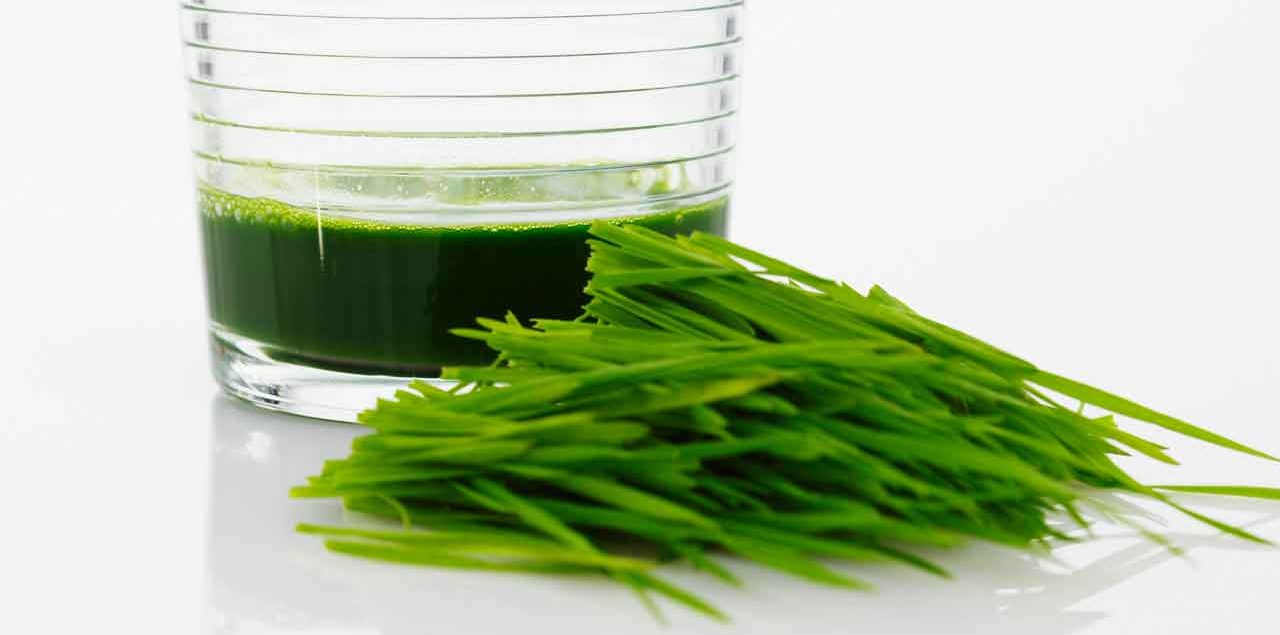To Juice or Not to Juice

Eating whole fruit is far superior for a number of reasons.
Juicing may seem like a good way to consume a lot of fruit at one time, but there’s been a backlash against it by nutritionists in recent years.
Their reasoning is three-fold. You miss out on the fiber contained in whole fruit, you consume too much sugar, and the sense of feeling full (satiation) from whole fruit is absent.
YOU MIGHT ALSO LIKE: A Pear a Day Keeps Obesity Away
“Fruits are meant to be eaten whole, and, except for a few fruits that have a tough protective outer layer like the pineapple and banana, all parts of the fruit are full of valuable nutrients that the body is waiting to utilize,” Linda Larrowe Bergersen, a holistic nutritionist, writes in the Huffington Post. “In most cases, the skin of the fruit can contain more nutrients than the flesh.
The American Academy of Pediatrics has warned that although juice consumption can have some benefits, it has potential “detrimental” effects as well.
Making your own juice from whole fruit is no exception.
The skin is the part of the fruit that interacts with sunlight to form colored pigments including carotenoids and flavonoids, valuable phytochemicals. “The skins of whole fruits like grapes have actually been studied for their ability to help lower risk of cancer and help provide protection from ultraviolet light.,” says The World’s Healthiest Foods (TWHF).
That’s lost in juicing. Also lost are the benefits of fruit pulp, which provides healthy fiber and other nutrients. In an orange, for example, the pulpy part of the sections provides the highest level of flavonoids.
Commercial products that claim to be 100 percent juice and say that they have “pulp added” may not even have the pulp from the original fruit, according to TWHF.
A cup of apple juice has virtually no fiber, yet 8 ounces requires 4 to 5 whole apples. If each of those apples contains about 3.75 grams of fiber (depending on size), the apples would contain 12 to 15 grams of fiber, all of which would be lost if the apples are juiced.
Even worse, what’s left after juicing is basically a sugar bomb.
"Fruit juice isn't the same as intact fruit and it has as much sugar as many classical sugar drinks," Susan Jebb, head of the diet and obesity research group at the Medical Research Council's Human Nutrition Research unit at Cambridge University, told The Guardian.
She adds that it’s also absorbed very quickly, so by the time it gets to your stomach your body “doesn’t know whether it’s Coca-Cola or orange juice.” Jebb, who has stopped drinking fruit juice, says it’s a relatively easy thing to give up. Have a piece of real fruit, she says, or it you’re going to juice it, dilute it with water.
Also a government advisor, Jebb added that the government should change official advice that a glass of juice is part of recommended minimum five-a-day servings of fruit and vegetables.
If you’re not into eating whole fruit, at least make a smoothie that includes healthy vegetables to make it green.
Fruit smoothies should be off limits without vegetables added, says Robert Lustig, MD, professor of pediatrics at University of California, San Francisco, and author of “Fat Chance: The Bitter Truth About Sugar.” For him, that’s just the lesser of two evils.
“The insoluble fiber is still destroyed (by juicer blades) but so what? If that’s the only way you can get your kale down your gullet, have at it.”
YOU MIGHT ALSO LIKE: Functional Foods May Replace Your Doctor’s Prescription Pad
Updated:
April 09, 2020
Reviewed By:
Janet O’Dell, RN